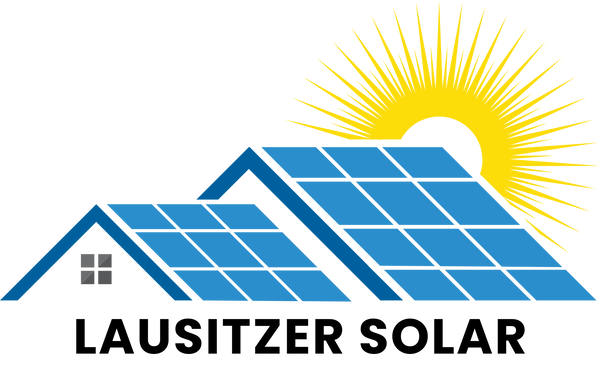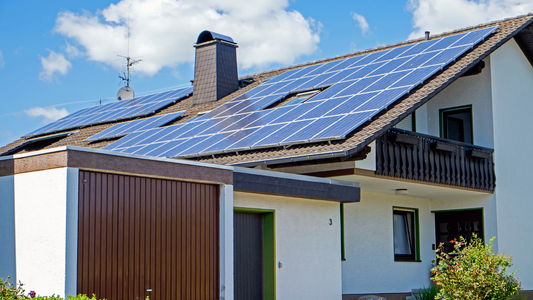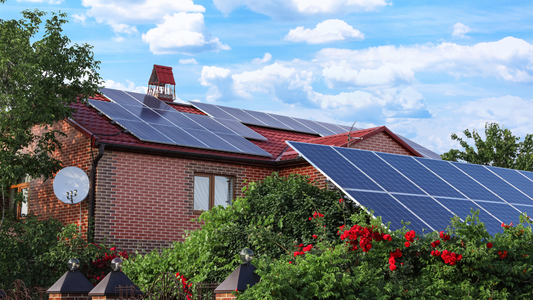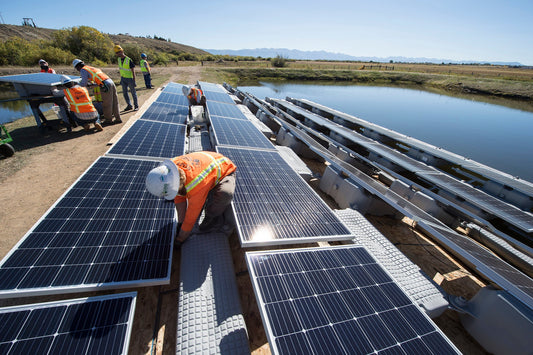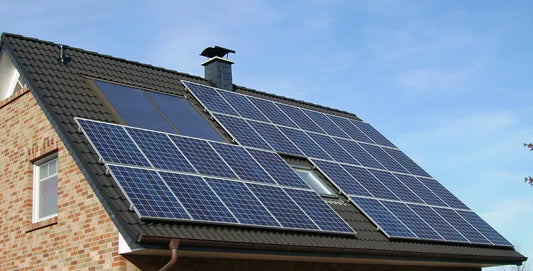
VDE 4100 – Why the standard for photovoltaic systems is complex and indispensable
Installing a photovoltaic system requires more than just mounting solar modules. To ensure a secure connection to the power grid, strict regulations and standards must be adhered to, which are often overlooked. One of the most important standards in this context is VDE-AR-N 4100 , which serves as the basis for the safe grid connection of low-voltage systems such as PV systems. But what exactly does this mean, and why shouldn't you handle the installation yourself?
What does VDE 4100 regulate?
VDE 4100 (Technical Connection Rules for Low Voltage, TAR) specifies the requirements a photovoltaic system must meet to be safely and accurately integrated into the power grid. It defines technical requirements for metering stations, protective mechanisms such as surge protection, and the selection of equipment. This standard ensures that generation systems such as PV systems are integrated into the grid stably and without disruption, without negatively impacting grid security or power quality.
Important components of VDE 4100
- Metering requirements: Photovoltaic systems must be connected within a designated metering area that is at least 450 mm high and provides space for modern measuring devices such as smart meters. Dimensioning or wiring errors can lead to grid stability issues.
- Surge protection: The standard requires the installation of surge protection to protect the system from voltage spikes. This is especially important in areas where lightning strikes or voltage fluctuations occur frequently. The protection must be implemented in accordance with the requirements of DIN VDE 0100-443 and 534.
- Grid stability and reactive power: PV systems must be capable of providing reactive power to stabilize the voltage in the grid. To achieve this, the system's power must be adjustable during grid fluctuations. Strict technical requirements apply here, too, which are difficult to implement without specific expertise.
- Grid and system protection and grid disconnection: Another core component of VDE 4100 is grid and system protection (GS/NS protection), which ensures that the PV system is immediately disconnected from the grid in the event of grid disruptions. A faulty grid disconnection procedure can compromise grid security and even lead to damage to the system.
Why you should not install your PV system yourself
The requirements of VDE 4100 are extremely comprehensive and contain many technical details that can only be properly implemented by trained specialists. Errors in planning and installation can not only lead to safety risks but also to the denial of grid connection. Furthermore, without proper certification, it is virtually impossible to meet the legal and technical requirements.
Even the smallest errors, such as those related to surge protection or power disconnection, can impair the functionality of the entire system. Furthermore, all installation steps must be carefully documented and audited to ensure that the system is operated safely and in accordance with regulations.
FAQ – Frequently asked questions about VDE 4100
1. What does VDE 4100 regulate?
VDE 4100 specifies technical requirements for the grid connection of generating plants such as photovoltaic systems in order to ensure grid security.
2. Why is surge protection important?
Surge protection protects the PV system from voltage spikes that can be caused by lightning strikes or power fluctuations and is mandatory.
3. What does NA protection mean?
Grid and system protection (NA protection) ensures that the PV system is immediately disconnected from the grid in the event of grid faults in order to prevent damage.
4. Can I install my PV system myself?
Due to the complex technical requirements and the necessary certifications, you should definitely leave the installation to a specialist company.
5. What happens if the standard is not complied with?
If the requirements of VDE 4100 are not met, the grid operator can refuse connection or disconnect the system from the grid.
